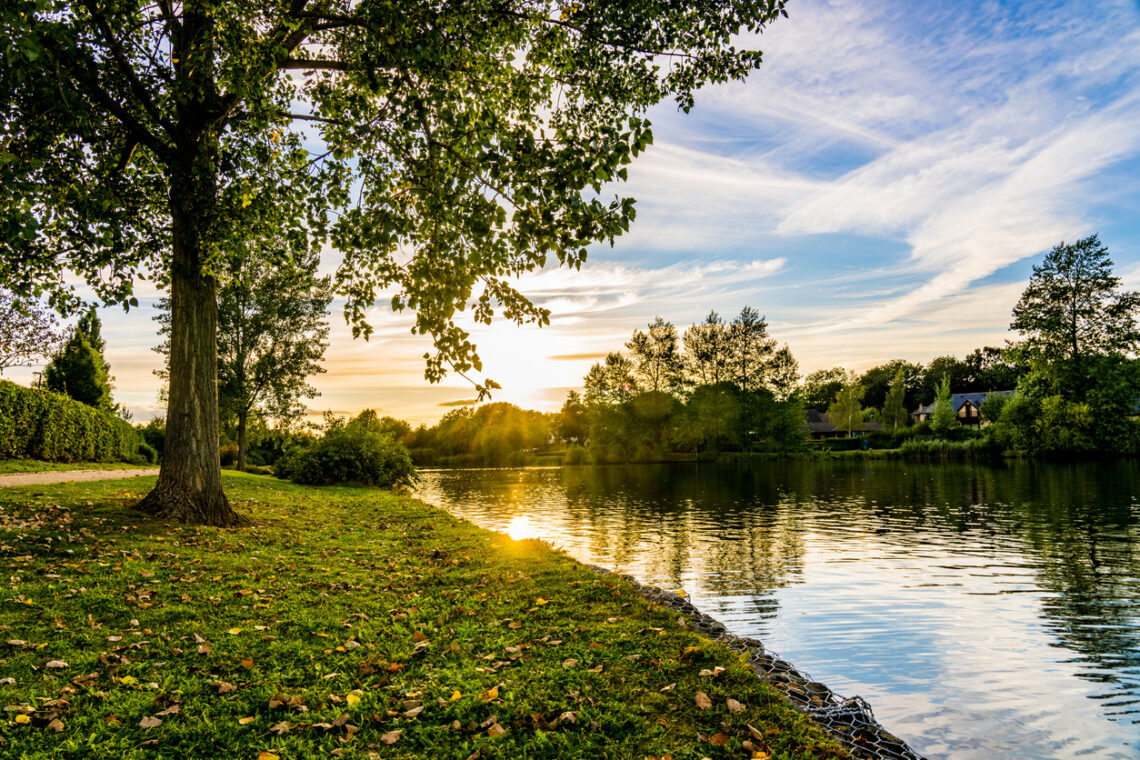By: Tanya Kramer
Water could be considered the most underappreciated resource. However, when it is scarce or contaminated, things get very difficult.
According to NEEF (National Environmental Education Foundation), “each day in the United States about 27.4 billion gallons of water are withdrawn and delivered from surface water and groundwater sources for residential use”.
So, how do we take steps as community members to protect it?
Here are some simple ways to be part of the solution!
Decrease your Daily Water Use
Use this website to calculate your “Water Footprint” and then learn about ways to cut back on your water usage.
Be Water Wise with your Garden
Here are some quick things to consider when creating a garden:
- Group plants together.
- An average garden typically needs about 1 inch of water per week so use a rain gauge to determine if your garden needs additional water or when to stop watering
- When building walkways in your garden, use impermeable materials so the water can be absorbed into the ground rather than causing runoff (Ex – wood, stone, brick, paving block, etc.)
- Consider installing rain barrels that can be used to water the garden.
- Don’t use more fertilizer than necessary (use a testing kit to determine the exact needs of your soil)
- If you have grass, allow it to grow to 2.5 to 3.5 inches and leave grass clippings on the ground
- Consider alternative gardens that include rocks, benches, structures, or other visuals to limit how much of the garden actually needs water.
Consider Creating a Rain Garden
These specialized gardens utilize specific plants installed in a particular way to create a “tiny water treatment facility”. Rain gardens gather the rain from runoff, allow it to soak into the soil, and are taken up by the plants. The plants and soil filter nutrients, sediments, and toxic materials resulting in cleaner water ending up in the waterways.
Here are some basic steps to consider when creating a Rain Garden:
- Notice how storm water runs off your house and structures, along with how it runs through your property
- Important to check in with your local jurisdiction before rerouting storm water.
- Learn more about how to plant a rain garden by using these two resources.
◦ The Oregon Rain Garden Guide
◦ Oregon State University Extension Rain Garden Guide
Volunteer with your local Water Program to help care for local Bioswales in your Community.
Bioswales are landscaped features that collect polluted stormwater runoff, soak it into the ground, and filter out pollution.
Bioswales are designed to handle a larger volume of water than rain gardens, and are often used in city infrastructure around streets and parking lots
Plant Trees
Trees simply provide a canopy that collects rainwater and slows storm runoff.
Trees provide deep roots that help water seep into the ground rather than run off.
Trees provide shade which helps with cooling costs and water usage in gardens.
Don’t Dump Hazardous Waste on the Ground
Locate proper disposal locations using this link for Metro Hazardous Waste.
Avoid dumping onto the ground things like:
- motor oil
- pesticides
- leftover paints or paint cans
- mothballs
- flea collars
- household cleaners
- some medicines
Don’t Dump Hazardous Waste Down Storm Drains
These drains go directly to our water supply, so we only want water to go down them. Avoid putting or draining the following items into the storm drains:
- lawn chemicals
- pet waste
- household chemicals
- soaps/cleaning fluids/washing machine discharges
- soil/dirt
- oils/antifreeze
- paints
- sanitary sewer discharges / septic tank discharges
- chlorinated backwash and draining associated with swimming pools
- grass, shrubs, or other yard waste
- car wash discharges / industrial discharges
Here are some additional links to websites that can provide additional information about taking care of our water and water systems:






